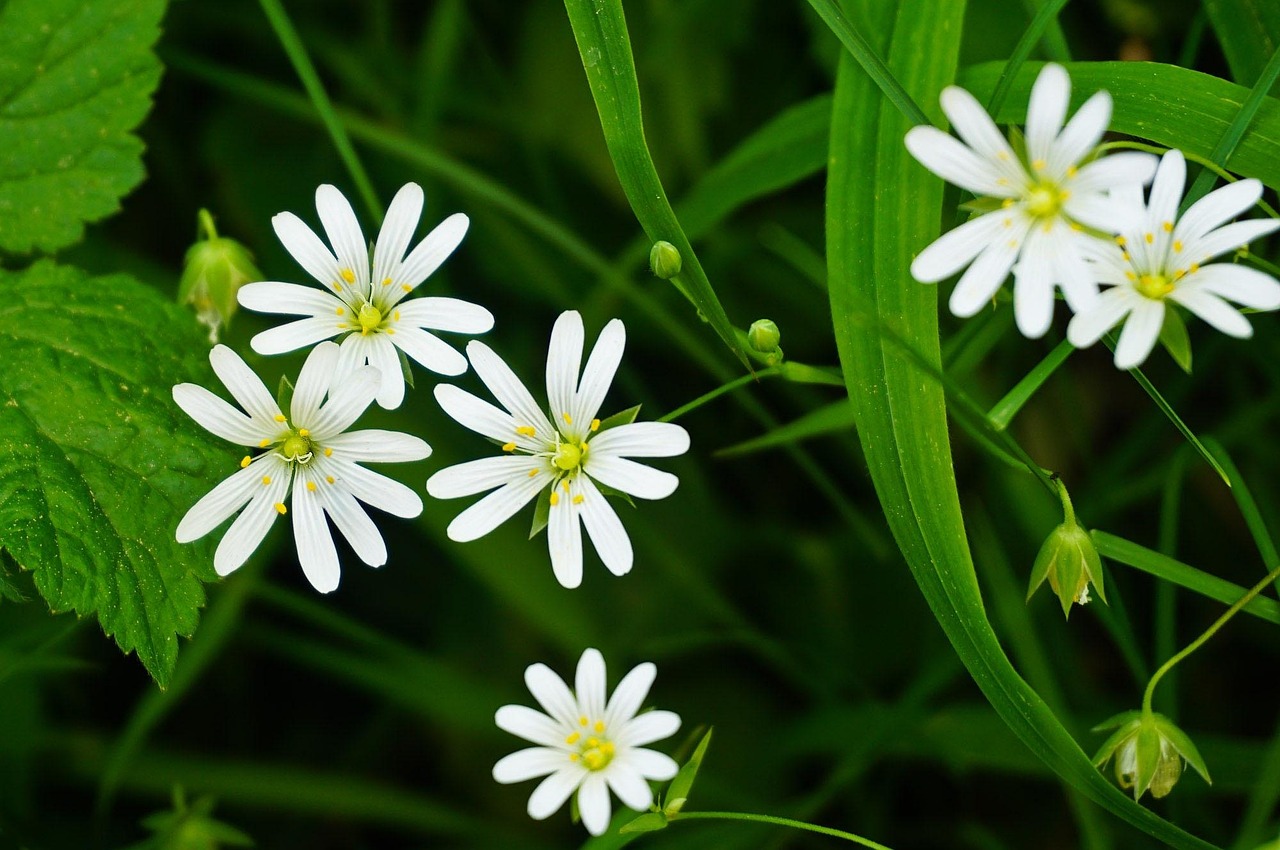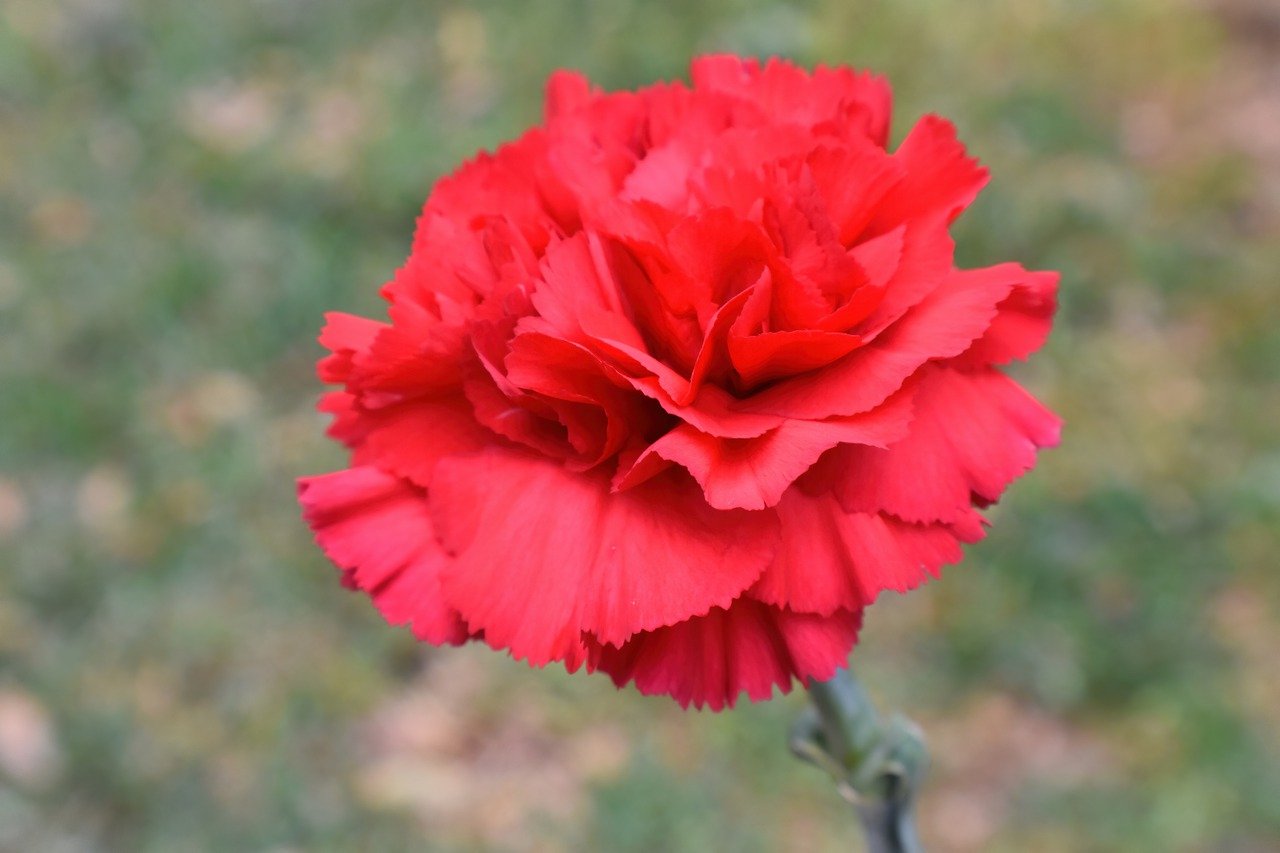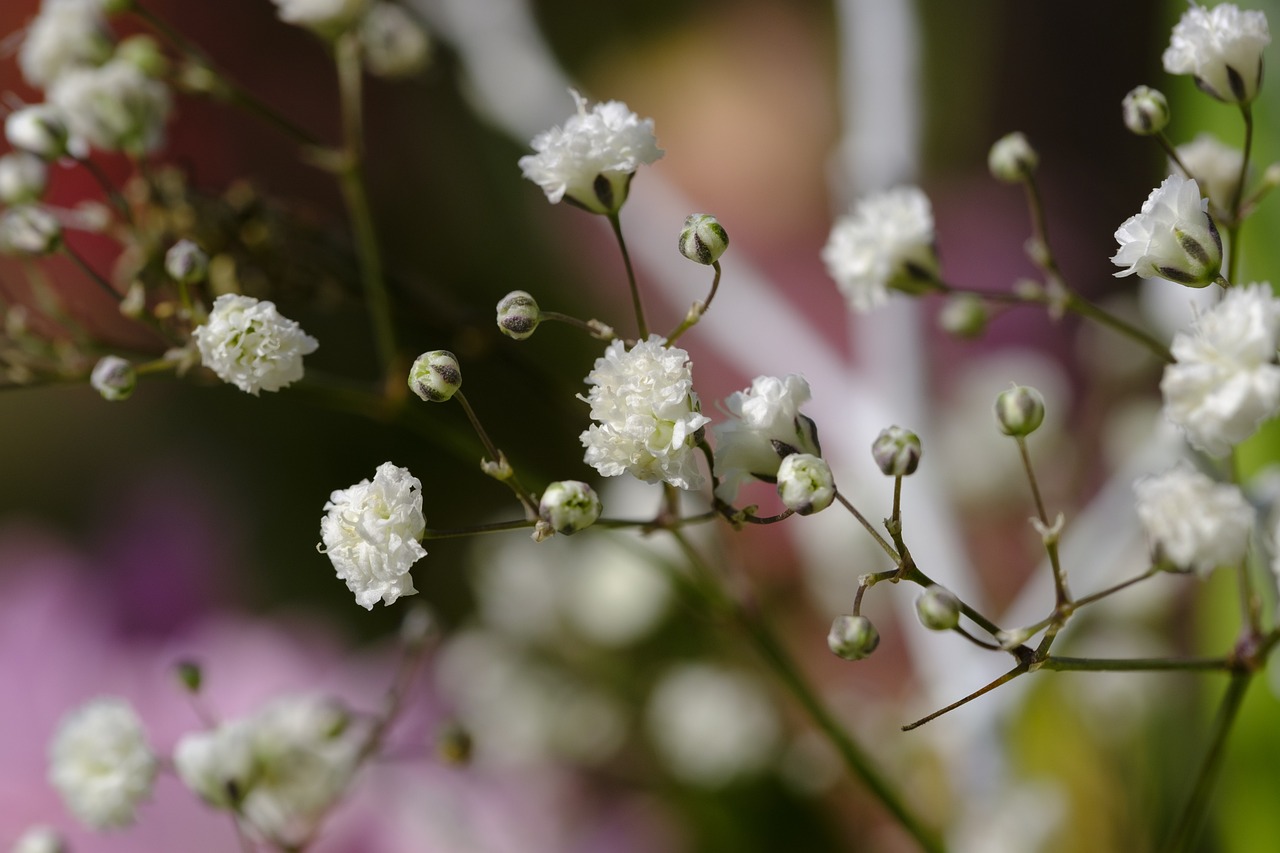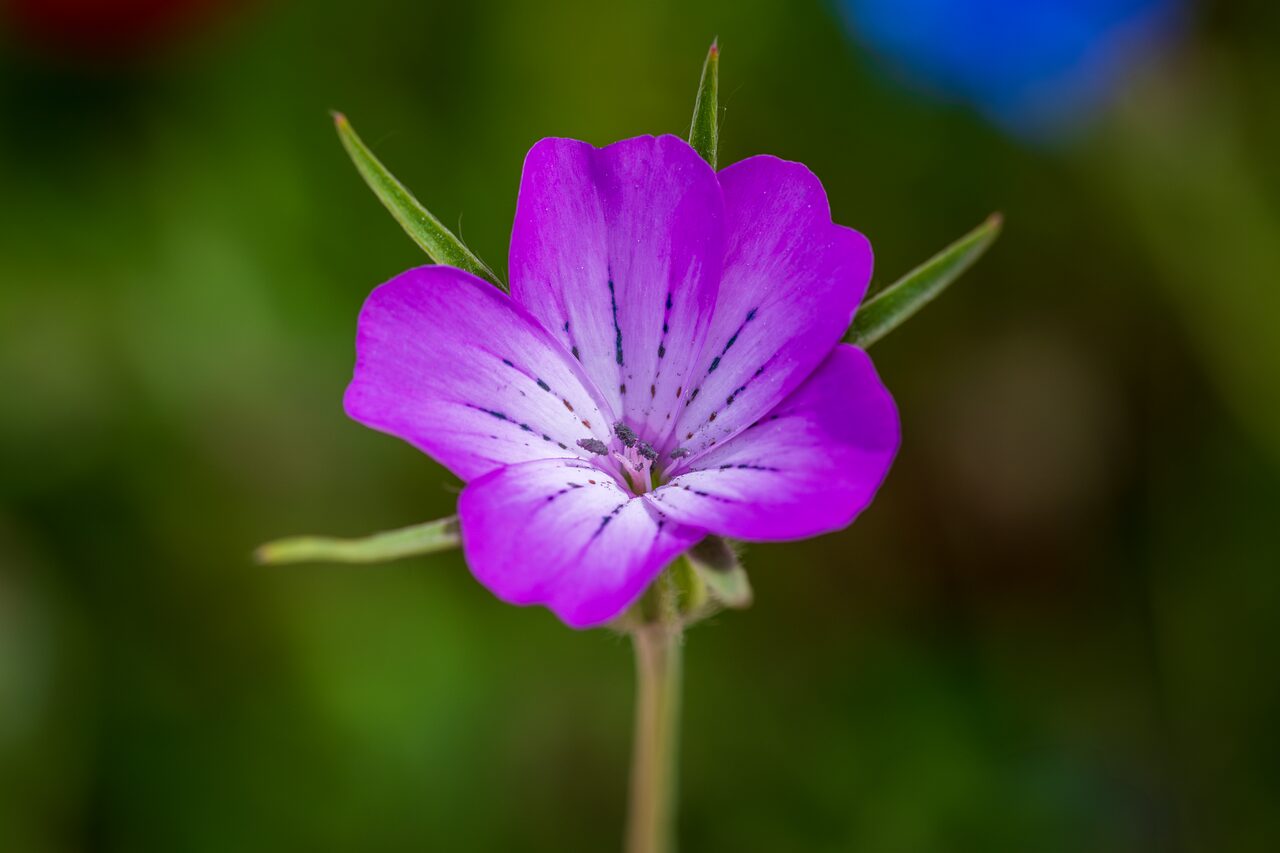Saponaria Vaccaria | A Flower Nurtured by the Herbal Traditions of Medieval Europe

Saponaria vaccaria is an annual plant belonging to the Caryophyllaceae family, producing delicate pink blossoms at the tips of its slender stems.
Its graceful appearance and subdued tones blend harmoniously into natural-style gardens and flower beds that emphasize wild beauty.
Since ancient times, this plant has grown spontaneously across various regions. More than just a wildflower, it has been deeply intertwined with human life.
In this article, I will explore its cultural background and history while providing detailed advice on cultivation.
Basic Information
- Scientific name: Vaccaria hispanica
- Family: Caryophyllaceae
- Origin: Mediterranean coasts, Western Asia, Western China
- Appearance: Height 60–100 cm. The stems are slender and upright, with smooth, narrow, opposite leaves. The flowers are pale pink, with star-shaped petals clustered into small groups.
- Blooming period: April–June (depending on region)
Cultural Significance Around the World
Despite its delicate appearance, Saponaria vaccaria is remarkably resilient, thriving even under harsh conditions. For this reason, it has long accompanied human life in many regions.
In Central Asia and China, it became naturally integrated into agricultural landscapes and daily living spaces.
In Europe, its ornamental value began to be recognized in the late 19th century. With the rise of the natural garden movement in Britain and Germany, wild plants gained renewed appreciation, and this flower too came into the spotlight.
Its suitability for country-style gardens, harmonizing beautifully with other wildflowers, made it a beloved element of natural landscapes.
In France and the Netherlands, it also appeared in the cut-flower market, where its fragile, graceful impression contributed to bouquets and arrangements with natural beauty.
Historical Episodes
Vaccaria hispanica is recorded in medieval European herbals. Documents note its spontaneous growth in fields and pastures of rural Italy, Spain, and southern France.
The name “Vaccaria” derives from the Latin vacca (cow), likely referencing its frequent presence in cattle pastures.
In China, it appeared in materia medica texts during the Ming and Qing dynasties. It was not often cultivated deliberately but was recognized as part of the natural vegetation surrounding homes and farmland.
In the 19th century, plant explorers reintroduced it to European horticulture. Institutions such as the Royal Horticultural Society (RHS) promoted wild species, and this plant established itself as an ornamental variety. Around this time, it also became valued for dried flowers and rustic bouquets.
Gardening Advice
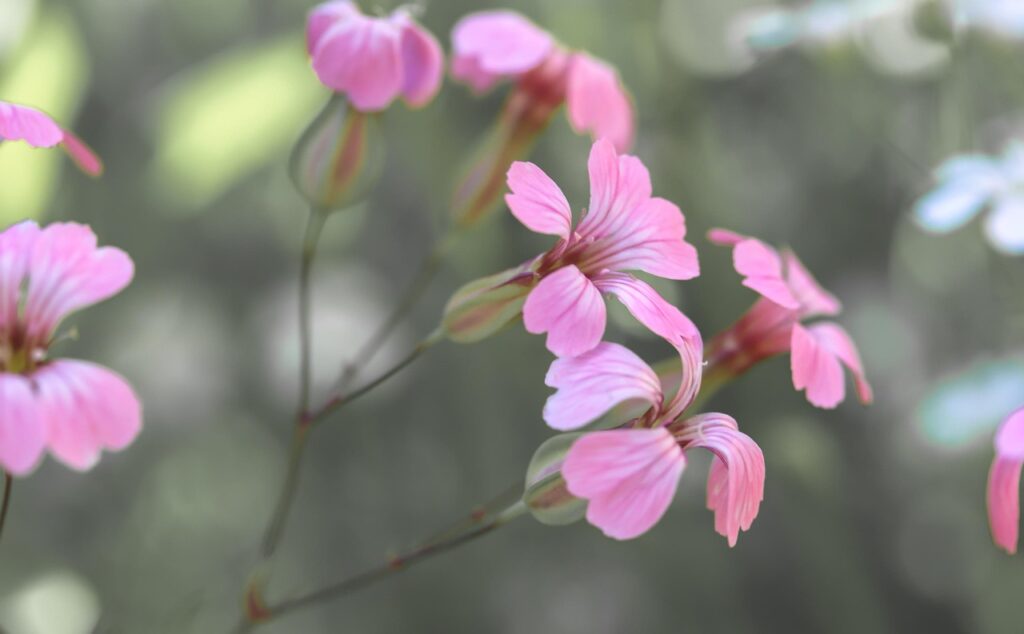
Saponaria vaccaria is well-suited to natural-style gardening. Planting it in airy, sunny locations highlights its graceful form.
Sunlight
Prefers full sun, ideally six or more hours of direct light daily.
Watering
For potted plants, water thoroughly when the soil surface dries. For garden beds, frequent watering is unnecessary once established, though supplemental water may be required during prolonged drought.
Soil
Requires well-drained soil. A light sandy base enriched with compost or leaf mold prevents root rot and supports healthy growth.
Fertilizer
Excess nutrients may weaken its form. A small amount of slow-release organic fertilizer at planting is sufficient.
Staking
The slender stems may topple in the wind, so early staking helps maintain upright growth.
Deadheading
Removing spent blooms encourages further flowering. To prevent self-seeding, cut back before seed formation.
Conclusion
Saponaria vaccaria, an annual of the Caryophyllaceae family, carries a refined yet natural presence. Native from the Mediterranean to Asia, it has long been integrated into rural landscapes and natural gardens.
Today, it remains a charming companion in naturalistic plantings across Europe, valued as a subtle yet indispensable presence in the garden.

